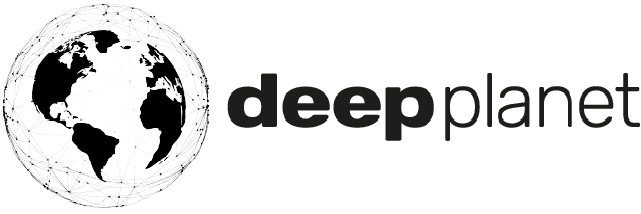Soil Carbon Monitoring from Space: A More Scalable and Cost Effective Solution
Healthy soil systems act as an important natural carbon sink for the planet by sequestering atmospheric carbon dioxide and helping to reduce greenhouse gas concentrations. The value of our planet’s soil as a carbon store cannot be overlooked.
Capable of storing twice the amount of carbon found in the atmosphere and three times that in above ground vegetation, the health of our soil systems is vital for mitigating climate change (Davis et al., 2017).
Soil carbon sequestration is not only important for mitigating climate change, it is also important for improving the general soil quality for vine growth as well (Winetitles, 2021).
Why should we monitor soil carbon:
Improving Crop Performance: Building up healthy levels of soil organic matter can provide growers with higher yielding harvests showing greater resilience in changing climates (Paustian et al., 2019)
Carbon Trading: With the proposed advent of an international carbon market and carbon trading, accurate monitoring of soil carbon will become increasingly important (Johns et al,. 2017).
Mitigating Climate Change: Optimising natural carbon sequestration by improving soil conservation practices and restoring degraded soils can help to reduce concentrations of atmospheric carbon dioxide. As little as a 0.1% increase in organic matter can result in an additional 8.9 tonnes of CO2 sequestered per hectare annually by growers.
Hyperspectral & Multispectral Imagery - Only a small proportion of the wavelength spectrum is visible to the human eye. Wavelengths outside the visible spectrum are utilised in hyperspectral and multispectral imagery
Current Monitoring Methods:
Today, the most widely used methods involve regular field testing and laboratory analysis but the process is laborious and expensive when done manually (Johns et al,. 2017). Successfully manually sampling soil carbon between 0-30cm depth with a standard error of less than 2 tonnes/ha is estimated to cost around $1,800 per hectare, representing significant financial outlay when conducted at scale (Singh et al., 2012).
Our Technology:
Deep Planet uses satellite imagery from satellites including radar and hyperspectral satellites to develop an efficient soil carbon monitoring tool for viticulturists.
Soil Carbon levels detected across 3,000ha of North East England using satellite imagery. Darker red areas of the image represent areas with low soil carbon concentrations whilst green/blue represent high levels.
VineSignal can help you baseline and monitor soil organic carbon in your vineyards, across an entire holding with reduced time and labour costs compared to manual monitoring.
Through thousands of experiments based on satellite imagery, we have established the perfect digital signature to detect soil organic carbon for vineyards. This is based on hyperspectral, multispectral, and radar satellite images and manually collected soil samples across 2,000 hectares.
The Future:
Deep Planet will help winegrowers identify areas where improvements can be made through common methods such as cover cropping.
We would love to hear from you:
Want to learn how satellite imagery and AI can support you in your carbon farming journey. Register for a demo by using the link below.



